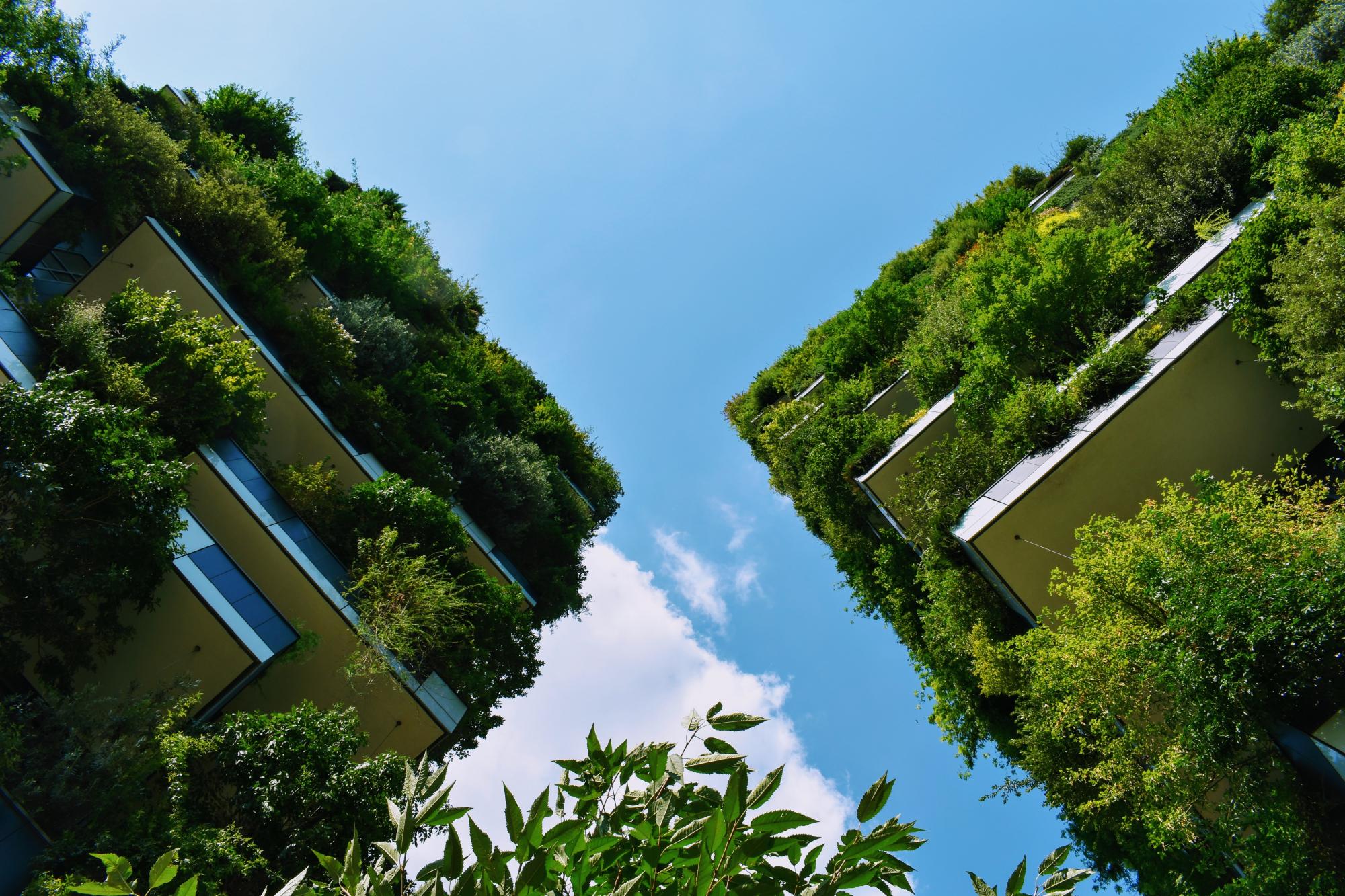Jin wellbeing is a senior-oriented lifestyle complex in Bangkok, Thailand, which comprises residences, commercial units and hospitals. The first phase of the development has been completed in 2020. This phase included five residential buildings with senior hospitals, wellness centres and green spaces that cover over 40% of the site. The project aims to create a sustainable living environment while enhancing both the physical and mental health of the people through nature with the “Community of Revine Forest” concept. The main interventions include an urban forest, a therapeutic garden, a community farm, an outdoor exercise area, and a multipurpose area. Ecologically sustainable design has been integrated into the planting strategies and water management to create a resilient ecosystem, mitigate flood and improve water retention capabilities of the area for irrigation purposes. (Ref. 1,2,3,4,5)
Overview
Nature-based solution
- Blue infrastructure
- Lakes/ponds
- Rivers/streams/canals/estuaries
- Community gardens and allotments
- Community gardens
- Green areas for water management
- Swales and filter strips
- Sustainable urban drainage systems
- Grey infrastructure featuring greens
- Alley or street trees and other street vegetation
- Nature on buildings (external)
- Green roofs
- Balcony greens
- Parks and urban forests
- Large urban parks or forests
Key challenges
- Environmental quality
- Air quality improvement
- Green space, habitats and biodiversity (SDG 15)
- Habitat and biodiversity conservation
- Green space creation and/or management
- Regeneration, land-use and urban development
- Promote natural styles of landscape design for urban development
- Water management (SDG 6)
- Flood protection
- Stormwater and rainfall management and storage
- Improvements to water quality
- Health and well-being (SDG 3)
- Enabling opportunities for physical activity
- Improving mental health
- Improving physical health
- Creation of opportunities for recreation
- Social justice, cohesion and equity (SDG 10)
- Social interaction
- Economic development and employment (SDG 8)
- Real estate development
Focus
Project objectives
Implementation activities
Biodiversity conservation or restoration-focused activities
Biodiversity conservation:
- Protect and enhance urban habitats
- Preserve and strengthen existing habitats and ecosystems
- Create new habitats
- Protect species
- Undertake specific measures to protect native species
Main beneficiaries
- Citizens or community groups
- Marginalized groups: Elderly people
Governance
Management set-up
- Led by non-government actors
Type of initiating organisation
- Private sector/corporate actor/company
Participatory approaches/ community involvement
- Dissemination of information and education
- Consultation (e.g. workshop, surveys, community meetings, town halls)
Details on the roles of the organisations involved in the project
Project implemented in response to ...
Financing
Total cost
Source(s) of funding
- Corporate investment
- Insurance firms
Type of funding
- Unknown
Non-financial contribution
Impacts and Monitoring
Environmental impacts
- Environmental quality
- Improved air quality
- Water management and blue areas
- Improved water quality
- Increased protection against flooding
- Improved stormwater management
- Reduced risk of damages by drought
- Green space and habitat
- Promotion of naturalistic styles of landscape design for urban development
- Increased green space area
- Increased number of species present
Economic impacts
- Attraction of business and investment
Socio-cultural impacts
- Social justice and cohesion
- Improved social cohesion
- Increased visibility and opportunity for marginalised groups or indigenous peoples
- Increased opportunities for social interaction
- Health and wellbeing
- Improved physical health
- Improved mental health
- Gain in activities for recreation and exercise
- Safety
- Improved community safety to climate-related hazards
Type of reported impacts
Presence of formal monitoring system
Presence of indicators used in reporting
Presence of monitoring/ evaluation reports
Availability of a web-based monitoring tool
References
2. Shma (no date), Jin Wellbeing County, Available at Source link (Accessed 29-01-2023)
3. Creative Talk (2021), สำรวจความเคลื่อนไหววงการออกแบบกับฉมา ในยุคที่สังคมก้าวสู่ยุคผู้สูงวัย, Available at Source link (Accessed 29-01-2023)
4. Jin Wellbeing County (2018), Jin Wellbeing County, Available at Source link (Accessed 29-01-2023)
5. อัตนา วสุวัฒนะ, ประพันธ์ นภาวงศ์ดี, วรวีร์ แจ่มสมบูรณ์, นภจร ศรีฉัตรสุวรรณ, ภาวิดา บัวเลิศ, พฤกษชล ชัชวาลชัยพรรณ, ฐิตา เชิดเกียรติกุล, ศุภิกา สุขแจ่มใส, ศุภาลักษณ์ เปาริก, ธานี สวัสดี, อรอำไพ สามขุนทด, ปาณิทัต รัตนวิจิตร (2020), การออกแบบงานภูมิสถาปัตยกรรมที่พักอาศัย สำหรับผู้สูงวัย: จิณณ์ เวลบีอิ้ง เคาน์ตี้, Landscape Architecture Journal 2, pp. 115, Available at Source link (Acceesed 29-01-2023)
6. Thonburi Healthcare Group (2017), Thonburi Healthcare Group Launches “Jin Wellbeing County” “New Residential Concept in Retirement” unveiled, Available at Source link (Accessed 30-01-2023)
7. Centre for Excellence in Universal Design (no date), What is Universal Design: Definition and overview, Available at Source link (Accessed 06-02-2023)
8. Landezine (2020), Jin Wellbeing County, Available at Source link (Accessed 06-02-2023)
9. TALA (2021), Jin Wellbeing County, Available at Source link (Accessed 06-02-2023)




